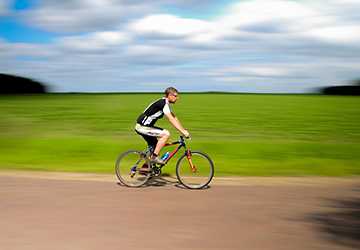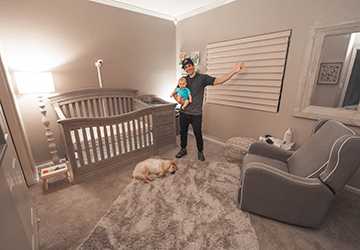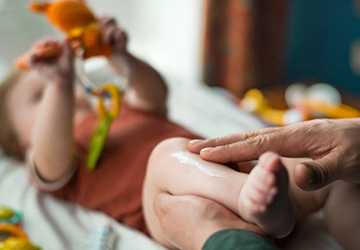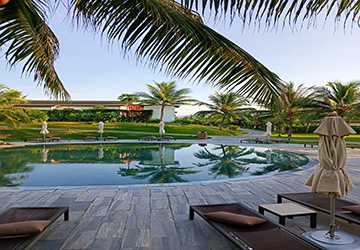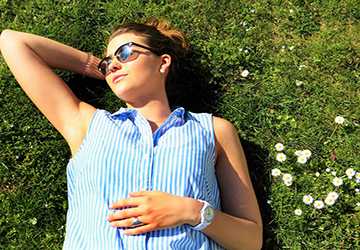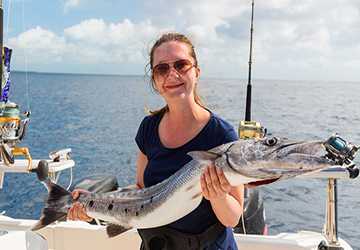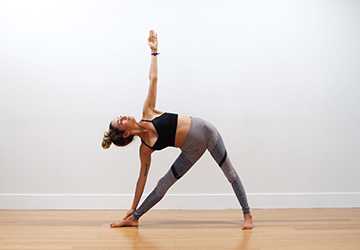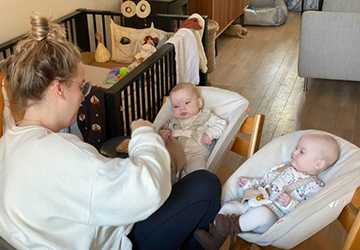How to Set Up an Eco-Friendly Nursery: Sustainable Choices
The birth of a new baby is an exciting and joyful time, but it also brings responsibilities, including making sustainable choices. Setting up an eco-friendly kindergarten is not only a positive step for the environment but also provides a healthy and caring space for your children. From furniture to decor to everyday items, there are many ways to design a child's room that promotes sustainability. In this article, we will explore different ways to create an eco-friendly kindergarten with sustainable options.
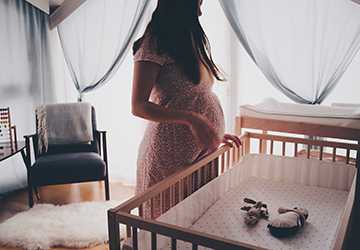
Start with the basics of sustainable development.
The first step to creating an eco-friendly nursery is choosing sustainable and non-toxic materials for the nursery's foundation, including floors and walls. Choose natural, non-toxic floor coverings such as bamboo or cork. Not only are these materials renewable, but they also emit fewer volatile organic compounds (VOCs) than traditional carpet or hardwood.
When painting your child's bedroom walls, choose a paint that is non-toxic, low-VOC or no-VOC. These colours are better for air quality and your baby's health. Look for eco-friendly paint brands that offer a variety of colours to achieve your desired aesthetic while being environmentally conscious.
Choose environmentally friendly furniture.
The furniture you choose for your child's room is crucial to creating a sustainable space. Choose furniture made from sustainably sourced wood or recycled materials. Look for certifications like FSC (Forest Stewardship Council) to ensure that the wood used in your furniture is responsibly harvested.
Consider multi-functional furniture, such as a crib that converts into a toddler bed and a dresser that doubles as a changing table. Not only does this reduce waste, but it also allows the furniture to grow with your child.
Choose non-toxic bedding
The crib is the centrepiece of your child's room, and the bedding you choose affects your baby's health and environment. Avoid bedding made from synthetic materials or treated with harmful chemicals. Choose bedding made from organic cotton, hemp or bamboo that is soft, breathable and free of toxic chemicals.
Ensure the crib mattress is made from natural materials and does not contain toxic flame retardants. Look for certifications like GOTS (Global Organic Textile Standard) and GREENGUARD to ensure bedding and mattresses meet environmental and health standards.
Sustainable lighting
Proper lighting is crucial for children's rooms, but it's also essential to choose energy-efficient lighting. Choose LED bulbs that last longer and use less energy than traditional incandescent bulbs. The dimmer switch allows you to control brightness and create a calming atmosphere.
Consider using natural light during the day as it is both energy efficient and has a positive impact on your baby's circadian rhythm. Use curtains or blinds made from organic or sustainable materials to regulate the amount of light that enters the room.
Environmentally friendly decoration
Decorating your child's room is an opportunity to add your personality and values to the space. Choose eco-friendly decor items, such as wall art made from reclaimed wood or prints on recycled paper. Choose non-toxic, water-based adhesives for hanging decorations, and avoid vinyl wall decals, which can release harmful chemicals.
Plants are a great addition to an eco-friendly gardening business. Not only do they improve indoor air quality, but they also add a natural and calming element to the room. Choose easy-care houseplants, such as snake plants or pothos, and keep them out of your baby's reach.
Responsible storage solutions
An organized children's room is essential for both functionality and aesthetics. Instead of using plastic storage containers, consider eco-friendly options such as woven baskets, wooden shelves or metal storage containers made from natural materials. These alternatives are durable and sustainable, helping to reduce plastic waste.
Label your storage solutions eco-friendly with reusable chalkboard labels or wood labels. Not only does this add a personal touch, but it also reduces the need for disposable label materials.

Cloth diapers and accessories
One of the most significant environmental impacts of kindergarten is using disposable diapers. Consider using cloth diapers and reusable wipes. Although cloth diapers require more upfront work, they are a more sustainable option. Over time, they reduce the amount of waste sent to landfill and save a lot of money.
To store soiled cloth diapers, use a diaper pail or wet bag with a reusable liner. You can also use cloth diaper-friendly detergents that are biodegradable and contain no harsh chemicals.
Green cleaning products
Keeping your nursery clean and safe is essential for your baby, but it's equally important to choose environmentally friendly cleaning products. Avoid harsh chemicals and choose natural, non-toxic cleaning solutions. Many eco-friendly brands offer products specifically designed to handle baby messes. Alternatively, you can prepare a cleaning solution using simple ingredients like vinegar, baking soda, and essential oils.
Sustainable toys and baby products
As your baby grows, they will interact with different toys and products. Choose toys made from sustainable materials like wood, organic cotton or recycled plastic. Look for toys that are free of harmful chemicals and dyes. Additionally, choose items that will grow with your child to minimize waste.
Regarding baby gear like strollers and car seats, look for durable options that can be converted or adjusted as your baby grows. Many brands now offer sustainable baby products that are made from recycled materials and are built to last.
Second-hand goods and second-hand goods
Consider the environmental impact of every garden product you buy. Instead of buying something brand new, explore used and pre-owned products. Friends and family may have items in good condition, and thrift stores or online markets can be excellent sources for second-hand baby products and furniture. By choosing second-hand items, you reduce the need for new items and reduce the environmental footprint of your gardening business.
Diploma:
Creating eco-friendly kindergartens isn't just a trend; It's a responsible choice for your baby and the environment. By making sustainable choices in flooring, furniture, bedding, lighting, decor, storage solutions and baby products, you can create a loving and eco-friendly space for your child.
Every decision you make when decorating your child's room, from crib mattresses to cleaning products, can create a more sustainable and healthy environment for your child. By taking these steps, you will not only give your baby the best start in life but also leave a positive impact on the world they will inherit.

